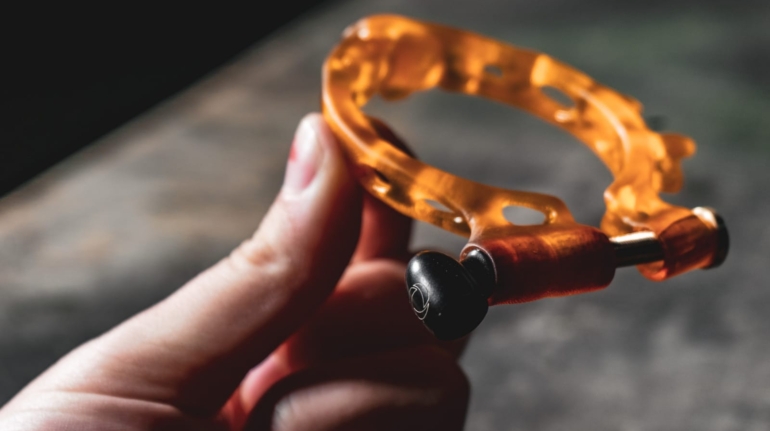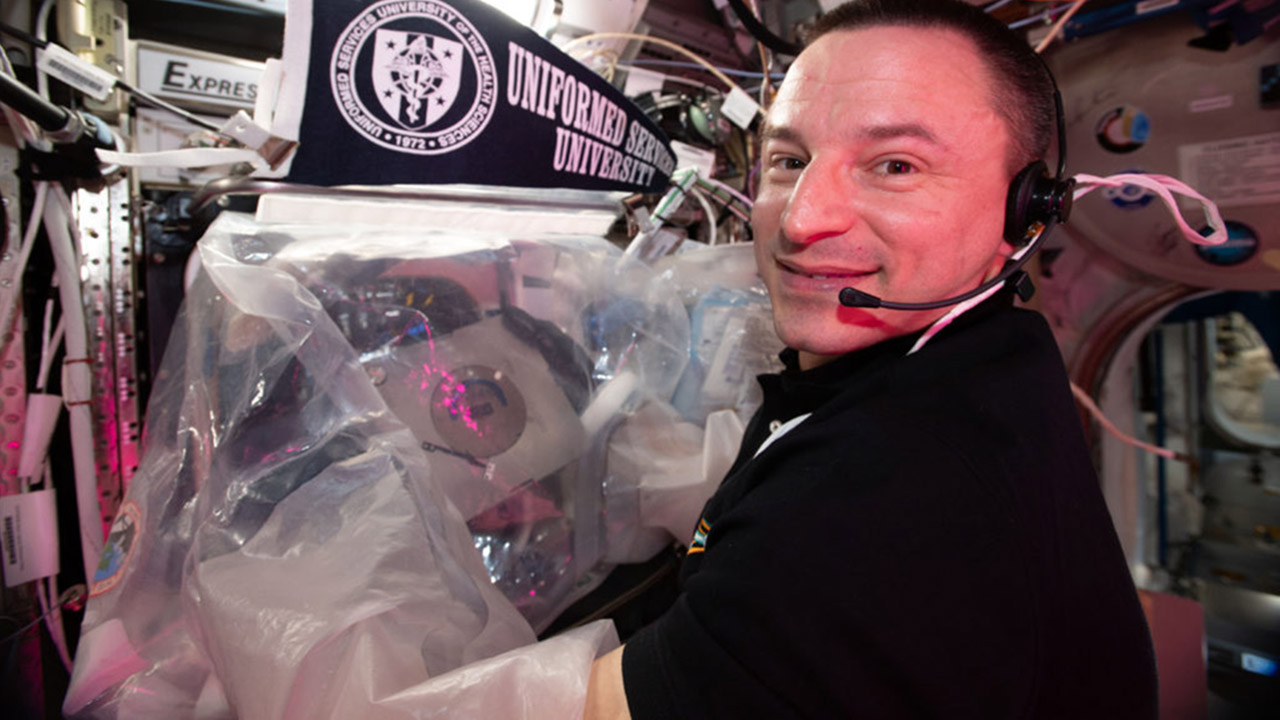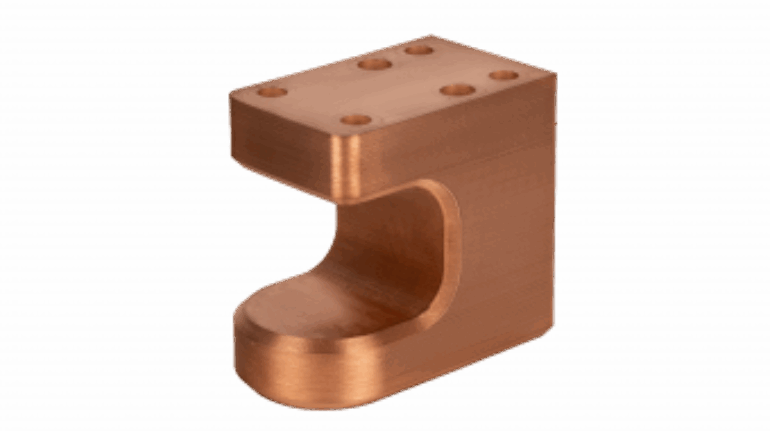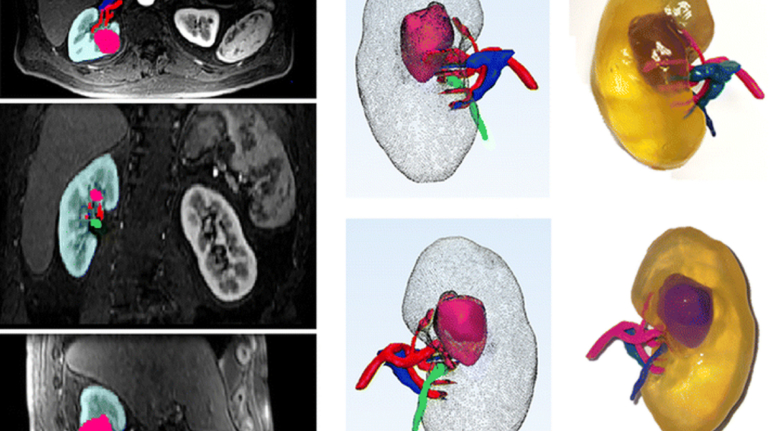Medacta Expands Knee Portfolio with 3DMetal Femoral Cones for Knee Revision
Swiss medical company Medacta officially initiated the commercial use of 3DMetal Femoral Cones for revision knee arthroplasty after successfully receiving clearance from the U.S. Food and Drug Administration (FDA) and CE marking.










